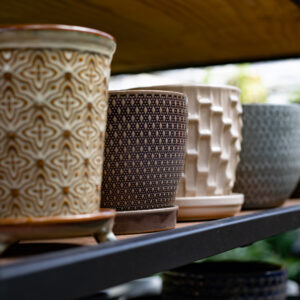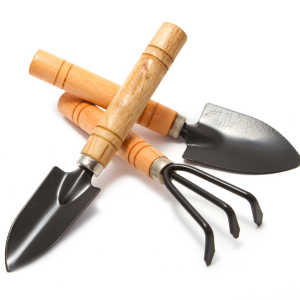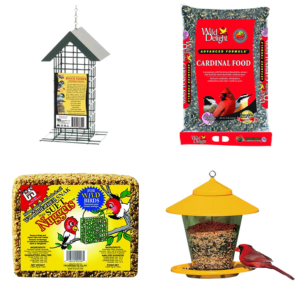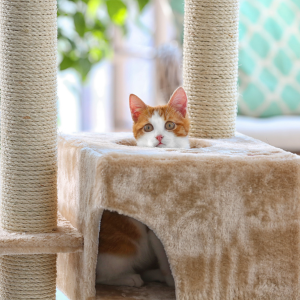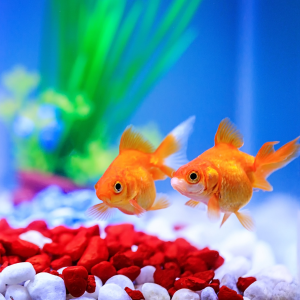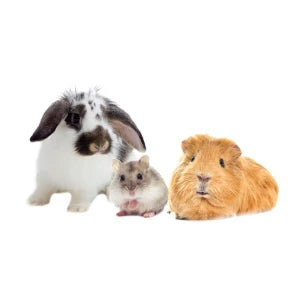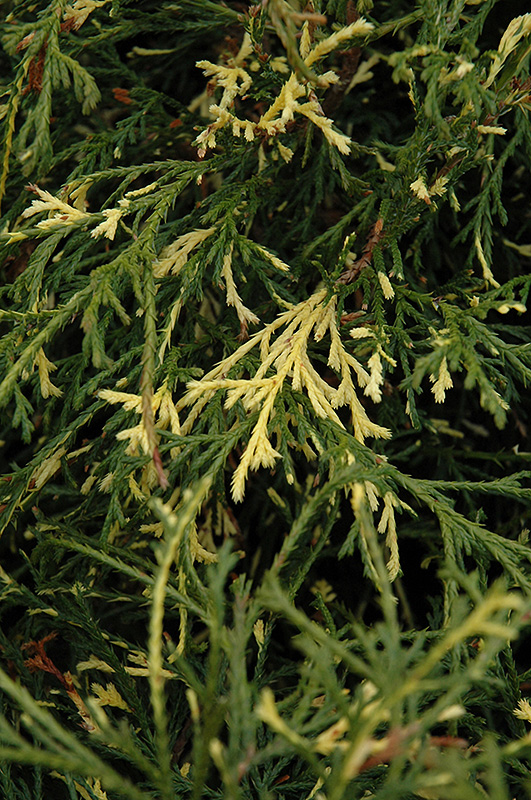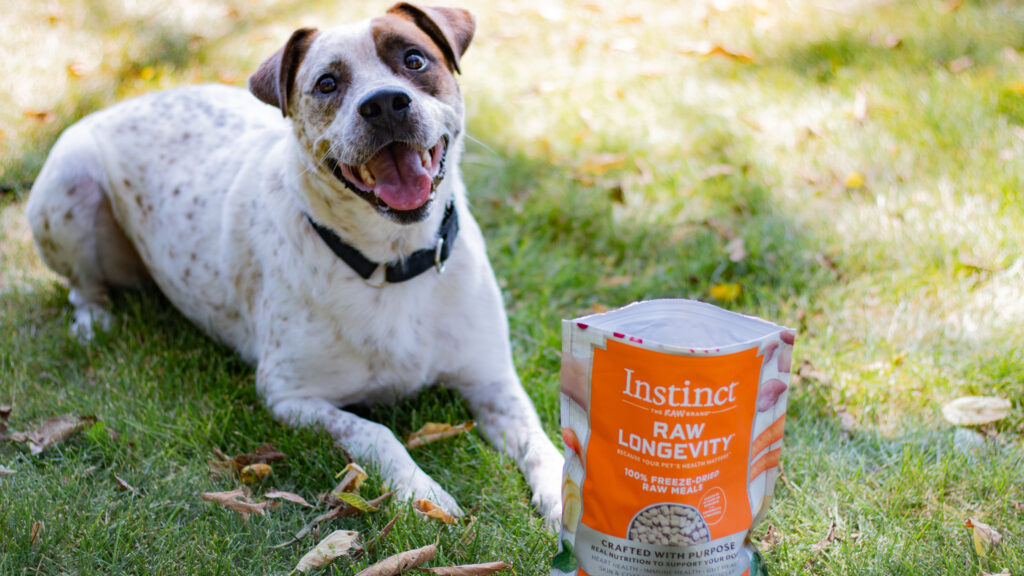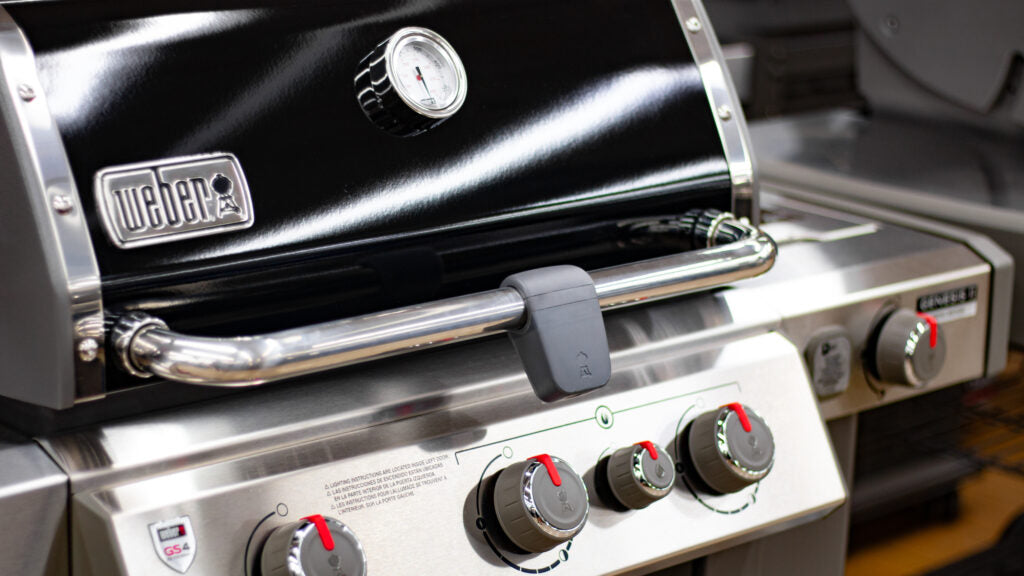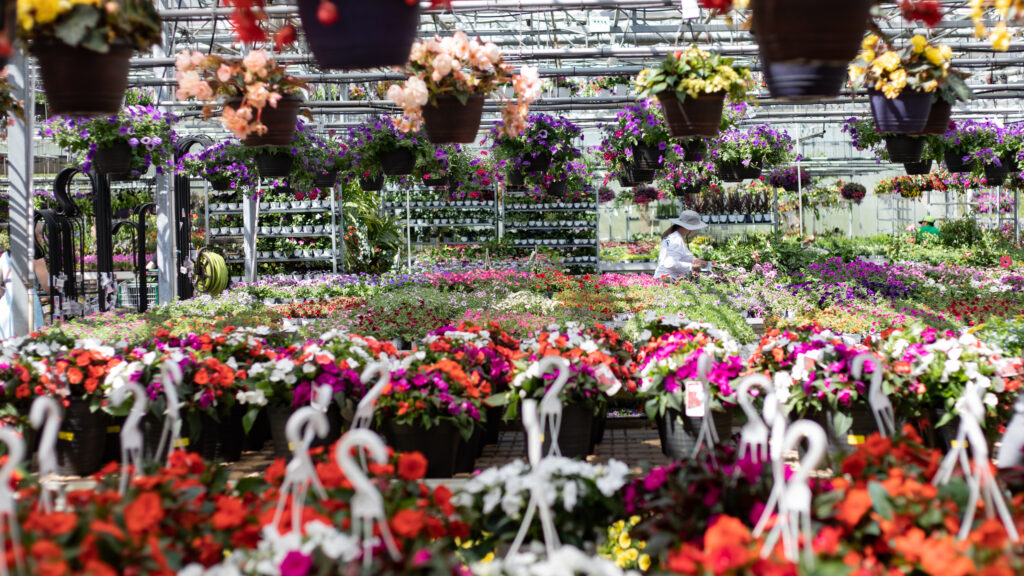Plant Finder
Variegated Threadleaf Falsecypress
Chamaecyparis pisifera 'Filifera Variegata'
Height: 20 feet
Spread: 15 feet
Sunlight:
![]()
![]()
Hardiness Zone: 4
Other Names: Japanese Falsecypress, Sawara Falsecypress
Description:
Soft texture of fluffy, mossy foliage on a small pyramidal tree has very interesting cream variegation; extremely showy, great as an accent and for tall screening
Ornamental Features
Variegated Threadleaf Falsecypress is primarily valued in the landscape for its distinctively pyramidal habit of growth. It has attractive creamy white-variegated grayish green foliage. The threadlike sprays of foliage are highly ornamental and remain grayish green throughout the winter. The shaggy antique red bark adds an interesting dimension to the landscape.
Landscape Attributes
Variegated Threadleaf Falsecypress is a multi-stemmed evergreen tree with a distinctive and refined pyramidal form. It lends an extremely fine and delicate texture to the landscape composition which can make it a great accent feature on this basis alone.
This is a relatively low maintenance tree. When pruning is necessary, it is recommended to only trim back the new growth of the current season, other than to remove any dieback. It has no significant negative characteristics.
Variegated Threadleaf Falsecypress is recommended for the following landscape applications;
- Accent
- Vertical Accent
- Hedges/Screening
Planting & Growing
Variegated Threadleaf Falsecypress will grow to be about 20 feet tall at maturity, with a spread of 15 feet. It has a low canopy, and is suitable for planting under power lines. It grows at a medium rate, and under ideal conditions can be expected to live for 70 years or more.
This tree does best in full sun to partial shade. It prefers to grow in average to moist conditions, and shouldn't be allowed to dry out. It is not particular as to soil type, but has a definite preference for acidic soils. It is highly tolerant of urban pollution and will even thrive in inner city environments. Consider applying a thick mulch around the root zone in winter to protect it in exposed locations or colder microclimates. This is a selected variety of a species not originally from North America.


